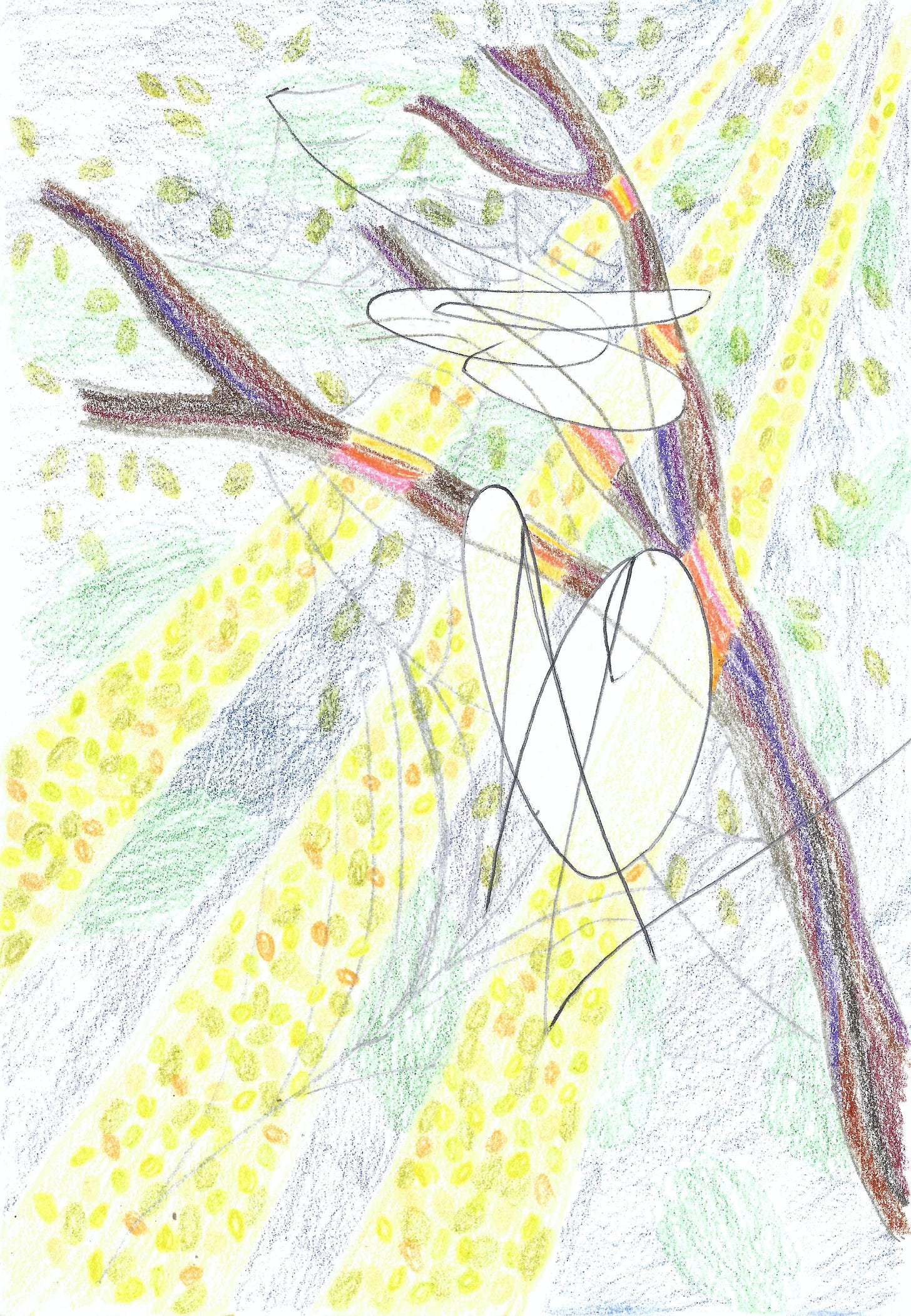When I was young, sugarcane grew in the back gardens. Thick clusters of it, looking like a solid bamboo. The green skin flaked off in stiff strips as we bit the ends. We shucked the sugarcane with our teeth, one teenage girl at a time wielding a machete to hack it into lengths: a foot, two feet long. Even the monkey would get some. There was always enough for everyone because it took so much time to eat it — time and tenacious jaws. We spat out dry, matted fibres.
Of all the places I have never had, that was one of the sweetest. When I revisit it now, I trade places with the cuckoo bird so I can watch so much happiness and not know the ways memory ferments and sours. Not in my tree, not for a few years of girlhood. The states of denial are first sweet then dry. My sisters and I all struggled with the tonal shifts in Lingala and most days, my sister would declare, “Let’s go eat coco — grandma!” when she really meant coco — sugarcane. I’ve heard so many stories of sugar by now, and today as the snow falls outside, a young barista is urging a woman into a chocolate éclair and a cheesecake. Some days I forget how far away the forest is. Sometimes the flurry distracts me. Other days the forest was yesterday at 2 p.m. and we had strong teeth and straight limbs and we were still children tasting language for the first time, addicted to — committed to — the sweet. •
Earlier this year I read Bite by Bite by Aimee Nezhukumatathil. She writes: “So many cultures on this planet believe humans first sprouted from a stalk of sugarcane. Who is to say it isn’t true? Aren’t our hearts our blood our tendons and bones all sisters of sugar, all made of something meant to mumble in a mouth? Most sugar in the reed swells thickest just before the plant flowers. What does it mean to be cut down before so much sweetness?”
I’ve long been fascinated by the fact she mentions, that sugarcane is sweetest at its nodes — the tough, tight waists of the stalk which grow new shoots. But I’ve never heard of a myth where humans sprout from sugarcane — have you?
(The location for today’s essay is the Congo Basin and Nezhukumatathil’s heritage is Filipino and South Indian.)
There’s a writing prompt in the chat as a thank you for being here. <3
One more goodie: I attended a workshop by
(Erica Berry) this week on researched memoir. She’s brilliant and she shared this powerhouse of an essay: “The Crane Wife” by CJ Hauser.See you next Thursday!






Bite by Bite is so good! So is this! Quick q: how do you pronounce your first name? I was telling someone about your work, but wanna get it right.
the picture 🥺